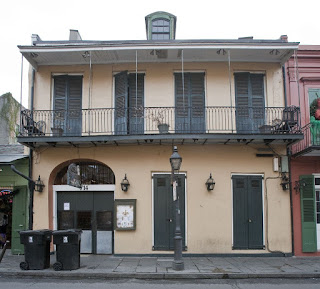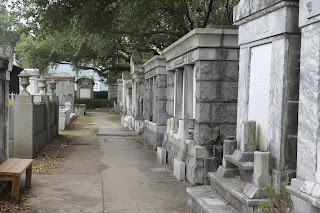625 St. Anne St.
New Orleans, LA 70116
29.958753,-90.063406
Walking around the French Quarter, as with any tourist location, you usually cannot walk more than twenty feet without running into a gift shop. As you look around for your Mardi Gras beads, shot glasses and offensive t-shirts, you will probably see a plethora of paintings and postcards showing the iconic Jackson Square. This picturesque view of the Saint Louis Cathedral and the gated square is probably the most photographed area of the city.
Jackson Square was designed in 1721 and was mimicked after the famous Place des Vosges in Paris, France. When the small village of New Orleans was initially designed, it was built on a grid system. The center block was used for military parades and other public gatherings so this area was called the Place d’Armes or Place of the Arms. As the city expanded, the Place d’Armes continued to remain as the central hub, with all buildings radiating from it. By 1815, the land was renamed Jackson’s Square, after the city’s famed hero, Andrew Jackson. From here, decorative touches would be added to the area by the previously mentioned Baroness Micaela Almonester-Pontalba, such as the ornate shrubbery and wrought-iron fences. Today, Jackson Square is visited by thousands of people a day and is a prime place to catch interesting street performers, buy one-of-a-kind artwork and get your fortune read by many of the individuals claiming to be psychic. For more information regarding that subject, please refer back to the Bottom of the Cup Tearoom blog.































